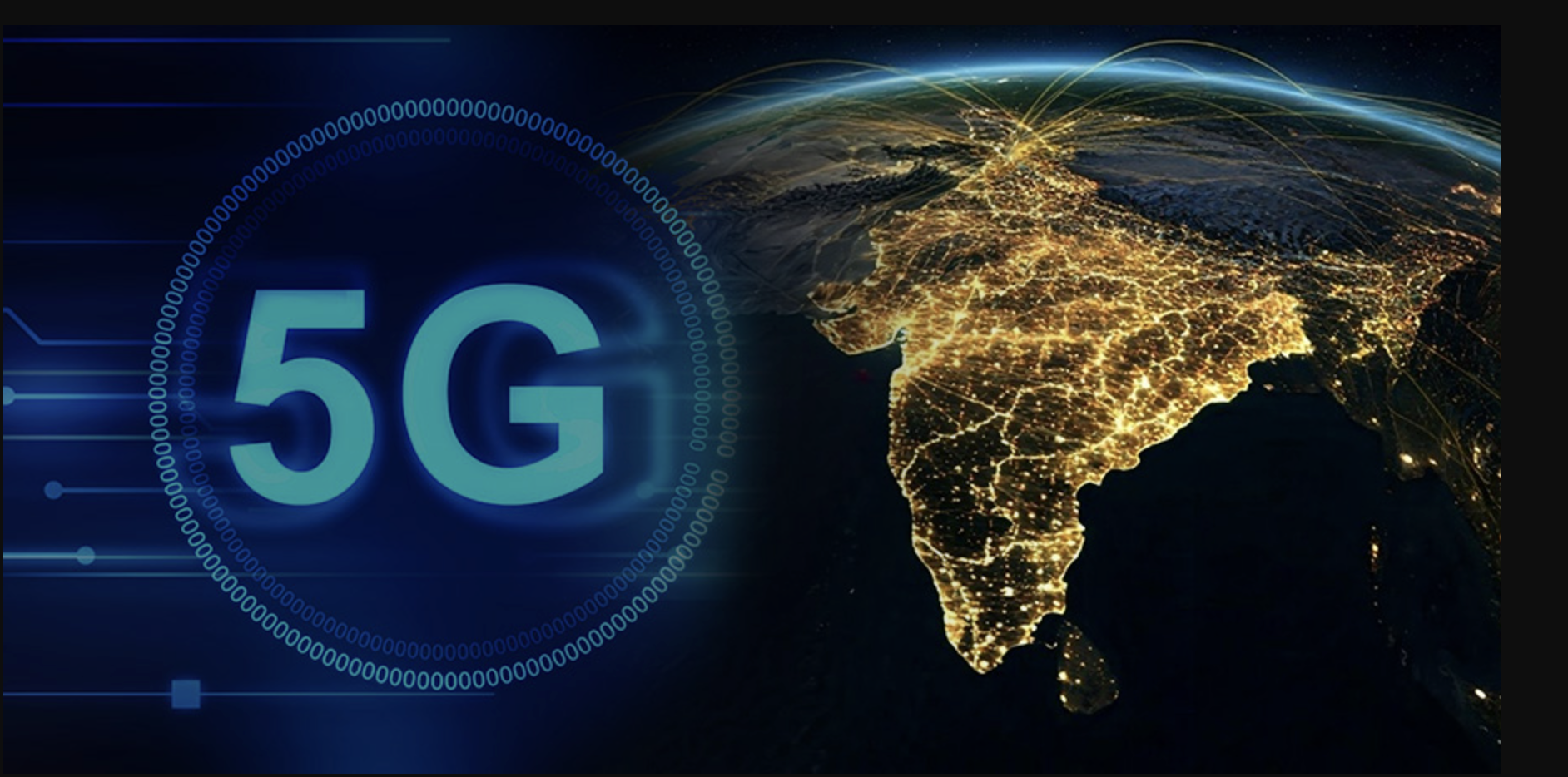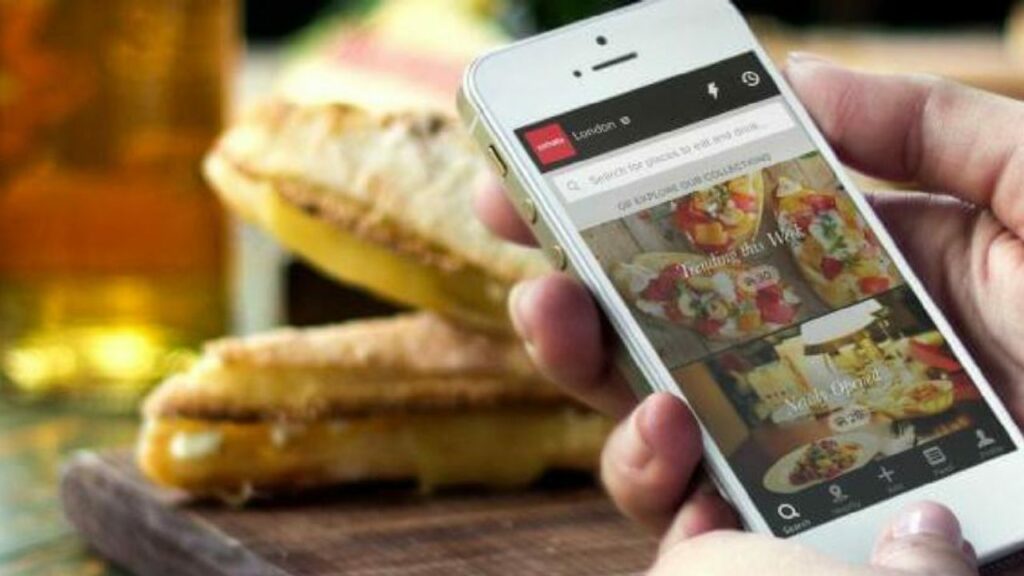UPI, the preferred mode of payment by many Indians across different walks of life is also claimed to be the driving force of rising expenditures due to its seamless and smooth behaviour.

New Age Double-Edged Sword: UPI
The experience is same for many Indians since they claim that the nature of seamless cashless transactions, de facto, leads to more expense than needed.
In a survey conducted by IIIT Delhi, a person said that “I love UPI! It’s a fantastic way to spend money without dealing with change or carrying cash. You can make payments from just one rupee to Rs. 1 lakh in one go. It’s one of the best things in this progressive era,” a person said in a survey conducted by IIIT Delhi.
UPI, leading the pack and followed by other digital payment platforms have made transactions more convenient than ever before. There is a virtue of its own, but the vice being that the same leads to many people overspending and hence finding their pockets “empty”.
As per a recent study by Indraprastha Institute of Information Technology Delhi (IIIT Delhi), as many as 74% of people in India have reported that they have been overspending as a result of using UPI and other digital payment methods.
As per the survey results, 91.5% respondents were satisfied with their overall UPI experience whereas 95.2% found the UPI to be ‘convenient’ for making payments.
Striking a Balance: Convenience Versus Overspending
Simplifying payments by eliminating the need for physical currency, the UPI is even used for smallest of payments ranging from Rs 5 to Rs 10 digitally.
As many as 81% of people use UPI daily, out of which on an average 15.7% mentioned their daily average spending is around Rs 200. Regarding daily spending using UPI, respondents reported a wide range, with amounts varying from Rs 50 to 1 lakh.
Unlike credit and debit cards, there is no processing or transaction fees for person-to-person P2P transactions. The UPI is omnipresent and commonplace.
The way forward would be finding a balance between convenience and financial responsibility is crucial in this cashless era.













